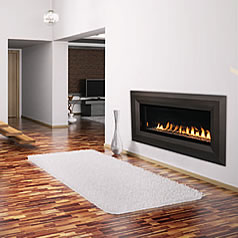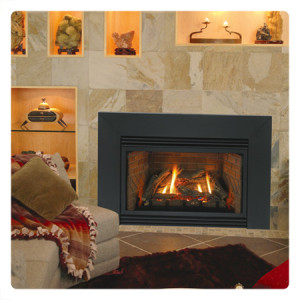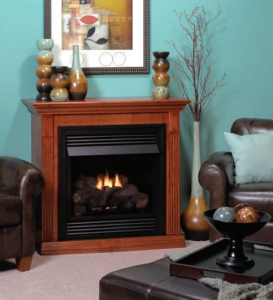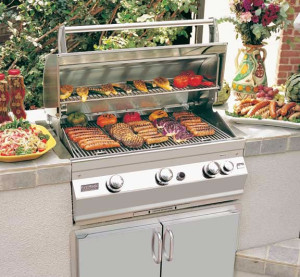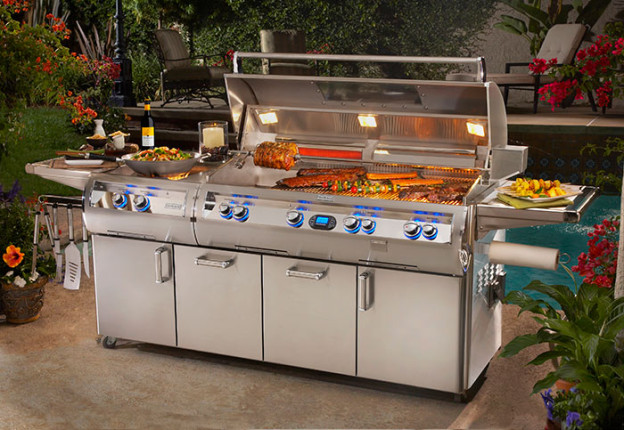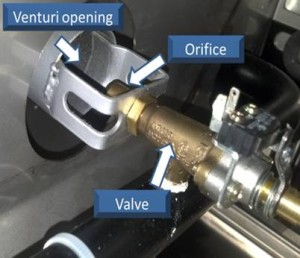If you are interested in a Big Green Egg, or if you are a proud, new owner of one, there are a few things you need to know. First, the Big Green Egg is not a gas grill. The Big Green Egg is in a class all its own, and has been featured as one of the best ways to grill and smoke on Alton Brown’s Good Eats on the Food Network and on Smoking Meat by Jeff Phillips.
The Big Green Egg is a Kamado-style cooker made out of high-quality ceramic designed to keep heat and moisture in. When cooking with the Big Green Egg, it’s all about temperature. It’s incredibly diverse and can hold even temperatures for grilling, smoking and even baking food like wood-fired pizza or hearth breads.
Tip #1: Use natural lump charcoal and good amount of smoking chips.
Unlike other charcoal grills, the EGG can consistently hold both low and high temperatures and can come up to temperature very quickly. Here is a video that shows how to use the Big Green Egg and how to easily control heat:
Tip #2: Keep Your EGG in a Safe Place (Like a Table)
It’s important to remember that the Big Green Egg is ceramic. It’s built to last a lifetime (or longer) and can withstand weather and high temperatures for decades. However, it should never be stored in a place where it cannot be knocked over. If you have an outdoor kitchen area, it is best practice to keep your Big Green Egg in a special place, like mounted in a table or counter. Remember, the bottom of the EGG can get extremely hot, so do not place your Big Green Egg directly onto a wood surface.
Tip #3: Leave the Charcoal Alone
If you’ve used a charcoal grill on a camping trip before, it may have taken some lighter fluid and hard work to get the charcoal lit. One of the best things about the Big Green Egg is that it is incredibly efficient. You should NOT use lighter fluid or stoke the coals. Leave the charcoal alone, close the lid, and sit back. It will come up to grilling temperature very quickly.
Tip #4: Use the Vents, Not the Lid
The Big Green Egg is designed for maximum heat control and can maintain high temperatures for long periods of time. Whether you’re smoking meat or grilling, use the vents at the top and the bottom of the EGG to allow air flow. Want to check on your meat? THINK TWICE! Remember to “burp” your egg before opening the lid, and always open the lid slowly.
Tip #5: Use High-Heat Resistant Gloves
The EGG can get extremely hot and you will need high-heat resistant gloves in order to place the grate and handle food. The old oven mitts will not do! There are many types of heat resistant gloves made especially for grilling. Protect your hands and invest in high-quality grilling gloves to go with your new Big Green Egg!
For the last and most important tip, enjoy grilling great food! The Big Green Egg is a new and incredible grilling experience. Enjoy the best food you’ve ever made – smoky, juicy barbecue ribs, grilled summer vegetables, wood-fired pizza or perfectly grilled seafood.
Fine’s Gas sells the EGG locally in the Chattanooga area. Come visit our store to see the Big Green Egg in all sizes.
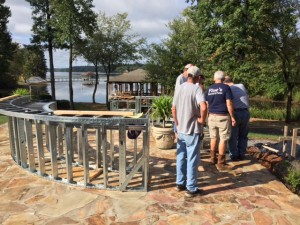
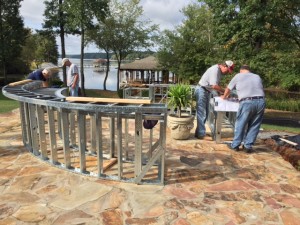
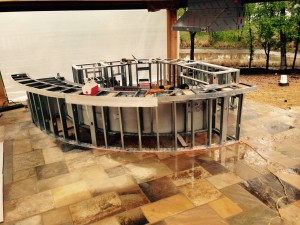
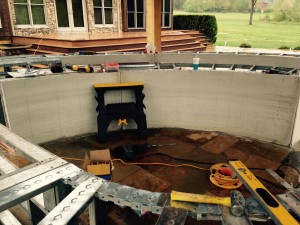
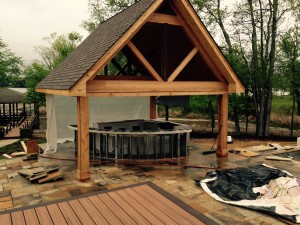
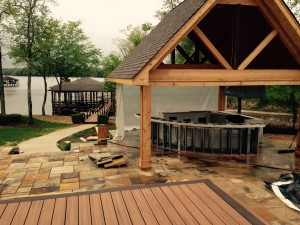

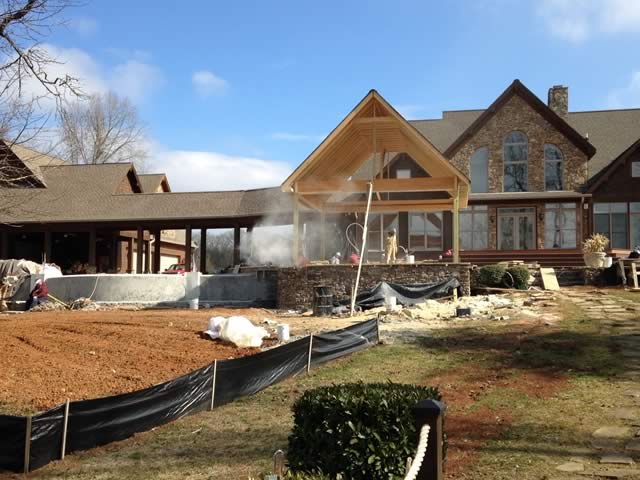
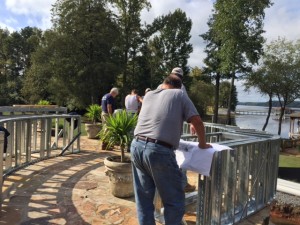
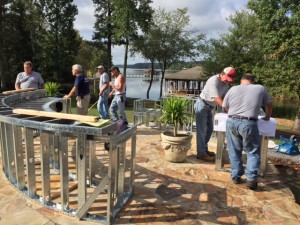
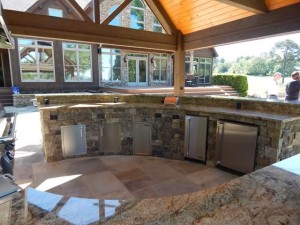
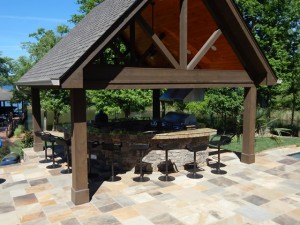
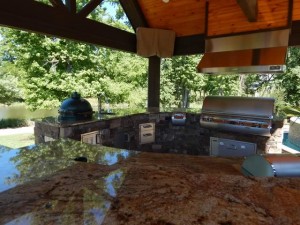
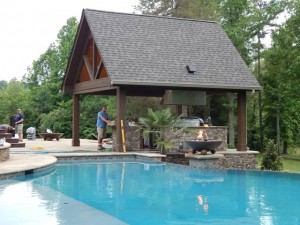
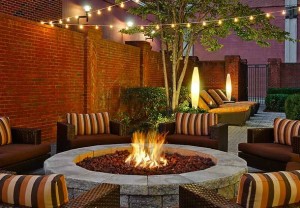
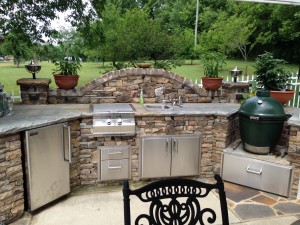
 check out one of our previous blogs, “
check out one of our previous blogs, “
